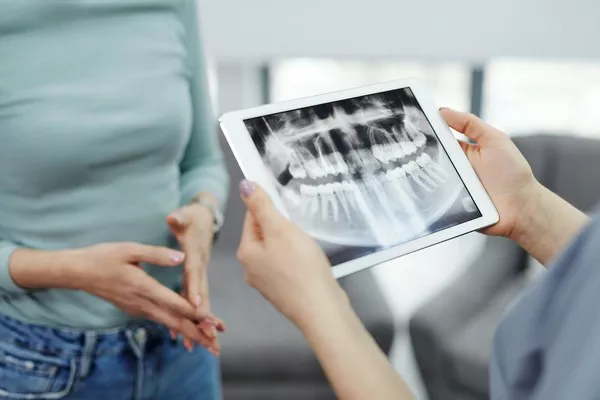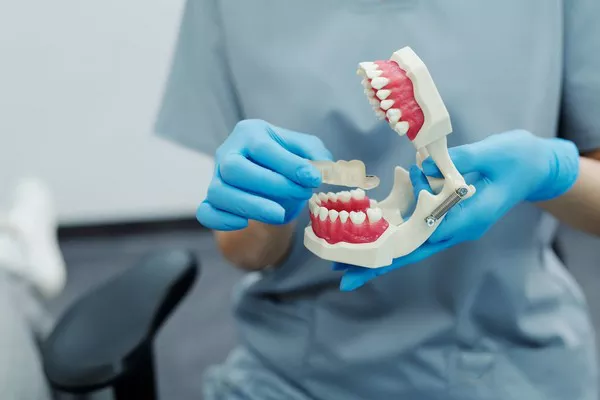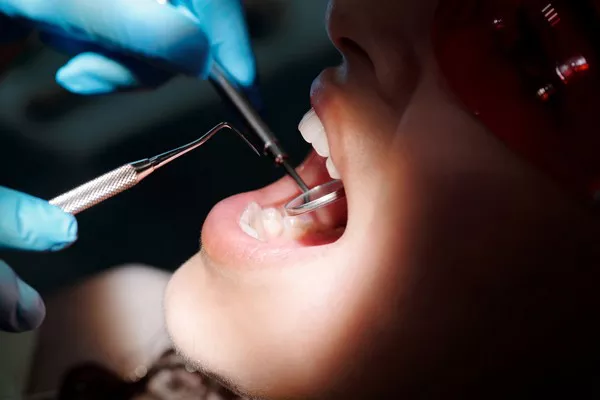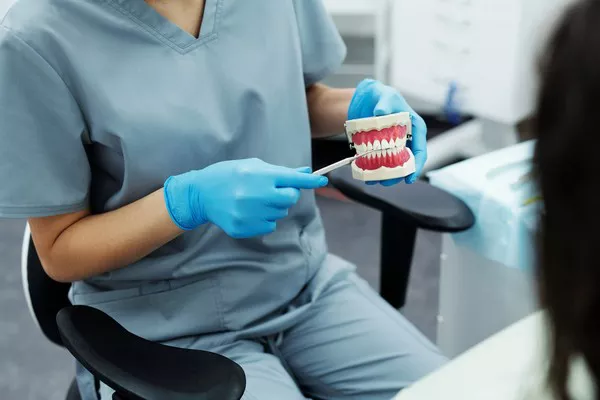Orthodontics is a specialized field of dentistry that focuses on correcting misaligned teeth and jaws. While most people are familiar with orthodontists, who are responsible for designing and implementing treatment plans, the role of an orthodontic hygienist is less well-known. Orthodontic hygienists play a crucial role in supporting orthodontic treatment by providing preventive care, educating patients, and assisting orthodontists in various procedures. In this article, we will explore the responsibilities and duties of an orthodontic hygienist.
The Role of an Orthodontic Hygienist
An orthodontic hygienist works closely with orthodontists to provide comprehensive dental care to patients undergoing orthodontic treatment. They play a vital role in promoting oral health and ensuring the success of orthodontic procedures. Here are some key responsibilities of an orthodontic hygienist:
Oral Assessment and Dental Charting:
Orthodontic hygienists conduct thorough oral assessments and dental charting. They examine patients’ teeth, gums, and overall oral health to identify any underlying issues or areas of concern. This assessment helps the orthodontist create an individualized treatment plan based on the patient’s specific needs and goals.
Oral Hygiene Instructions:
One of the primary responsibilities of an orthodontic hygienist is to educate patients about proper oral hygiene practices during orthodontic treatment. They provide detailed instructions on how to clean and care for braces or other orthodontic appliances. This includes demonstrating brushing and flossing techniques, discussing the use of specialized orthodontic tools, and emphasizing the importance of maintaining good oral hygiene to prevent tooth decay and gum disease.
Dental Cleaning:
Orthodontic hygienists perform dental cleanings, known as prophylaxis, to remove plaque, tartar, and stains on patients’ teeth. This cleaning is essential to maintain oral health and prevent complications during orthodontic treatment. Regular cleanings help ensure that the teeth and gums are in optimal condition, promoting successful treatment outcomes.
Application of Preventive Agents:
Orthodontic hygienists may apply preventive agents such as fluoride varnish or dental sealants to protect teeth from decay. These treatments help strengthen tooth enamel and create a barrier against acid attacks, reducing the risk of cavities and maintaining overall oral health.
Assisting with Orthodontic Procedures
Orthodontic hygienists play a vital role in assisting orthodontists during various procedures. Their assistance ensures smooth and efficient treatment delivery while maintaining patient comfort and safety. Here are some tasks an orthodontic hygienist may be involved in:
Radiographic Imaging:
Orthodontic hygienists may take and process dental X-rays as part of the diagnostic process. These images provide valuable information about the position and alignment of teeth, the development of permanent teeth, and any underlying dental issues that may impact orthodontic treatment planning.
Impression Taking:
Orthodontic hygienists assist in taking dental impressions, which are used to create models of patients’ teeth. These impressions help orthodontists visualize the current state of the occlusion and plan appropriate treatment strategies. Accurate impressions are crucial for designing customized orthodontic appliances, such as braces or aligners.
Orthodontic Adjustments:
Orthodontic hygienists play a role in performing certain orthodontic adjustments under the guidance of the orthodontist. This may include placing or removing orthodontic elastics, wires, or other components of braces. They ensure that the appliances are properly fitted and functioning correctly, promoting progress in tooth movement and alignment.
Records Management:
Orthodontic hygienists maintain accurate records of patients’ orthodontic treatment progress. This includes updating dental charts, recording treatment procedures, and keeping track of appointments and follow-up visits. These records are valuable for monitoring treatment outcomes and ensuring continuity of care.
Patient Education and Support
An important aspect of an orthodontic hygienist’s role is patient education and support. They communicate with patients regularly, answering questions, addressing concerns, and providing guidance throughout the treatment journey. Orthodontic hygienists empower patients by educating them about their treatment progress, oral hygiene practices, and the importance of compliance with treatment instructions.
Treatment Progress Updates:
Orthodontic hygienists keep patients informed about the progress of their treatment. They explain how braces or aligners are working to straighten the teeth and address any concerns or questions the patients may have.
Oral Hygiene Instructions:
Patient education regarding oral hygiene practices is a key responsibility of orthodontic hygienists. They provide detailed instructions on how to clean around braces or other orthodontic appliances, emphasizing the importance of maintaining good oral hygiene to prevent tooth decay and gum disease.
Can hygienist clean teeth with braces?
Yes, orthodontic hygienists can clean teeth with braces. In fact, it is an essential part of their role to provide dental cleanings and preventive care for patients undergoing orthodontic treatment. Cleaning teeth with braces requires special techniques and tools to ensure effective plaque and tartar removal while being mindful of the brackets, wires, and other orthodontic appliances.
Here’s how orthodontic hygienists clean teeth with braces:
Thorough Assessment:
Before starting the cleaning process, orthodontic hygienists conduct a comprehensive examination of the patient’s teeth and gums. They assess the condition of the braces, identify any areas of concern, and note any specific oral hygiene challenges the patient may be facing.
Specialized Tools:
Orthodontic hygienists use specialized instruments and tools designed specifically for cleaning around braces. These tools allow them to navigate around the brackets and wires without causing damage or dislodging any components.
Prophylaxis (Dental Cleaning):
The orthodontic hygienist performs dental cleanings, also known as prophylaxis, to remove plaque, tartar, and stains from the teeth. They use ultrasonic scalers, hand scalers, and polishing devices to clean all tooth surfaces, including those around the brackets and under the wires.
Flossing Techniques:
Flossing becomes more challenging with braces due to the presence of wires and brackets. Orthodontic hygienists demonstrate special flossing techniques, such as using threader floss or interdental brushes, to help patients effectively clean between the teeth and around the brackets.
Oral Hygiene Education:
Orthodontic hygienists play a crucial role in educating patients about proper oral hygiene practices during orthodontic treatment. They provide personalized instructions on how to brush and floss with braces, recommend the use of orthodontic-friendly oral hygiene products, and emphasize the importance of maintaining good oral hygiene to prevent tooth decay and gum disease.
Regular Follow-up:
Orthodontic hygienists schedule regular follow-up appointments with patients to monitor their oral health, check for any issues or concerns, and provide additional guidance and support as needed. These follow-up visits ensure that patients receive ongoing care and supervision throughout their orthodontic treatment.
It is important for patients with braces to maintain good oral hygiene habits at home and visit their orthodontic hygienist regularly for professional cleanings. This helps to keep the teeth and gums healthy, prevents complications such as tooth decay or gum inflammation, and supports the success of orthodontic treatment.
Related Topics:































